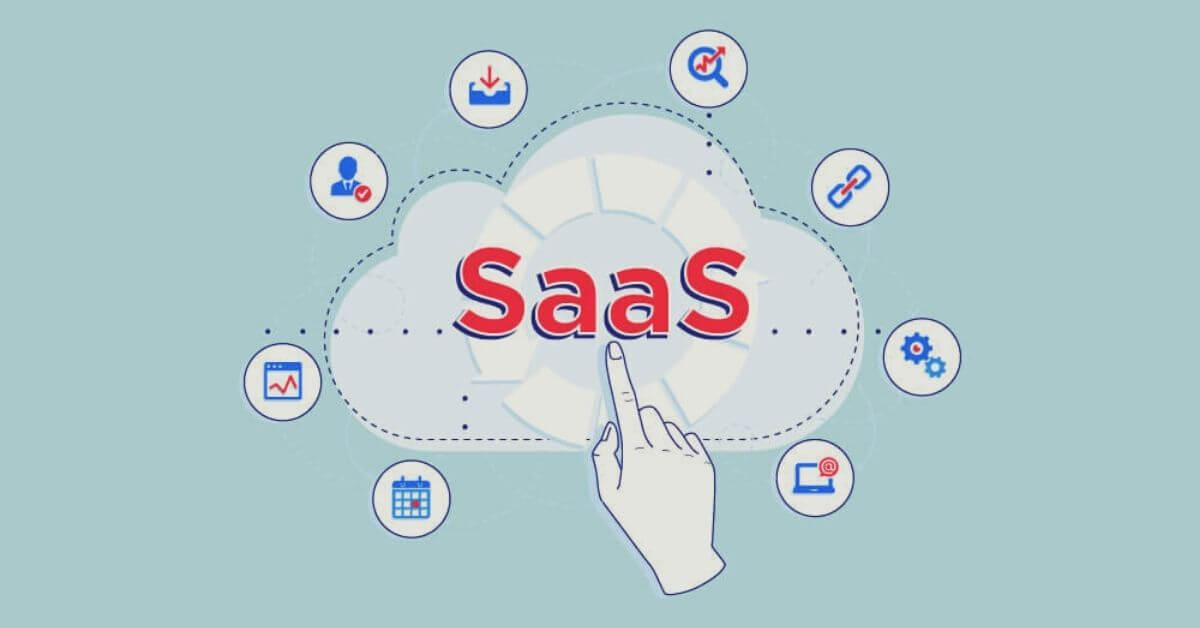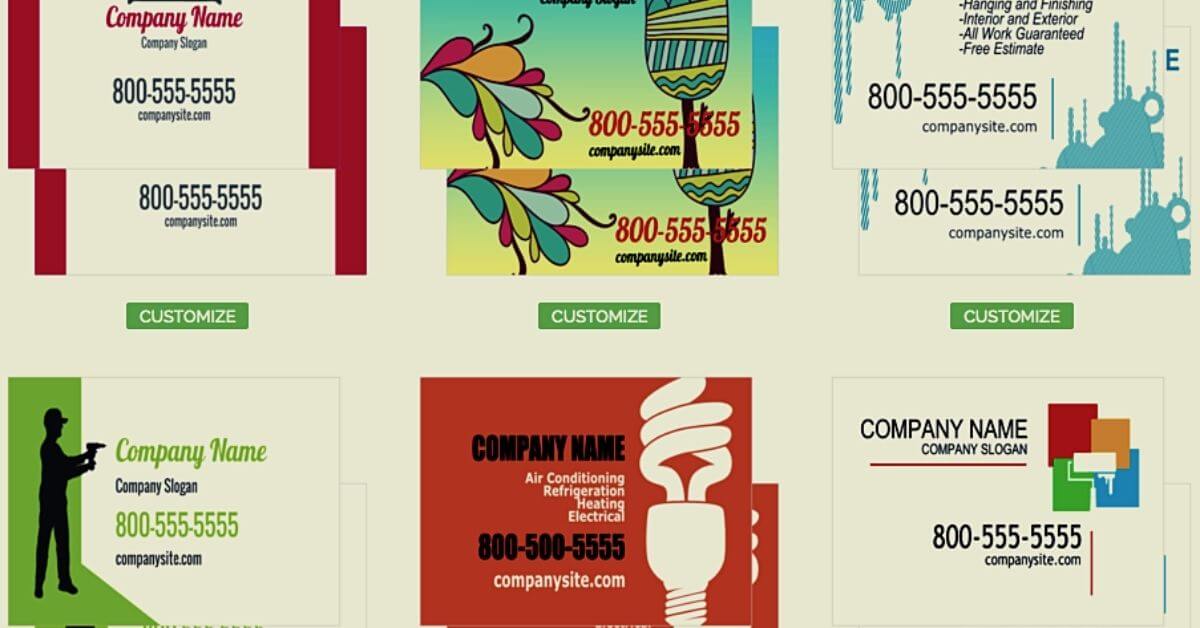Top Phases of Application Development Life Cycle
There are many different ideas about the specific stages of an application development life cycle, depending on whom you ask. Mobile App Development Lifecycle is identical to the standard Software Development Lifecycle from the perspective of a mobile device.
Do you ever wonder how your favorite apps came to be? Or maybe you have thought of making your own and don’t know where to start? Look no further, for we have laid out the basics of the life cycle of application development.
Application Development Life Cycle, also known as ADLC or SDLC (Software/Systems Development Life Cycle), is the term used to define the project management model of developing an application or software. The ADLC helps streamline the making of an application and structure it into specific stages to ensure a successful result.
There are many different ideas about the specific stages of an application development life cycle, depending on whom you ask. Some might say there are seven stages, while others would tell you there are four broad steps. Regardless, the overall procedure remains the same.
Mobile App Development Lifecycle is identical to the standard Software Development Lifecycle from the perspective of a mobile device. Creating a mobile app only works smoothly if phases of development of the mobile app are considered. Therefore, the creation of mobile apps is a progressive strategy.
Top Phases of The Life Cycle of Application Development :
Here are the stages without which no digital project may go:
Phase of Discovery
You believe you know how your project ought to be. But then you meet your developer and have to answer an incomprehensible stream of questions: "What number of users with various login rights does your application need? What operating system do you want? How do you want your design to work on the smartphone screens?"
Consequently, the discovery step is important to transform the human language into technical documentation.
The following phases should involve a well-designed discovery phase:
- Competitor research
- feature mapping
- specification of technical needs
- cost-setting and time frames
Design
Now is the moment to create your distinct appearance and feel for your digital project. The designers strive to distinguish your app in three stages.
Drawing up
Sketching is the initial step. The designers are preparing the app idea at this point.
To produce a drawing, utilize Paper with a nice application. It looks not only like a genuine paper drawing but also allows you to transform your paper draught into a digital version without any difficulty. We've included the most important software applications for companies, including prototyping tools, so check it out.
Wireframe
Then, it is time to move it on a tablet and prepare each screen for a black and white model. Again, these seem more or less like a final design, but without adding the real information and color.
Prototype
This is the last design stage. A prototype is a clickable application model that appears the same as the real application. In the future, however, there is the background section, so it does not work. We have written an article to describe the process of building prototypes further. You may already demonstrate sponsors or potential customers with your prototype.
No programming skills are required at the design stage. However, you might attempt to use one of the numerous free mockup builders online to create your prototype.
Evolution
The design is now finished, but a lot of work remains to make a model a completely working product. This is when programmers enter the game and code all the features needed.
You may separate the process of development into two components.
The Frontend: This is the user's side or the user's face of the application. A developer on the front end must ensure that the user has an impeccable experience.
The Backend: This is the hard workpiece that ensures the entire system works. Usually, backend refers to the application's server-side. It is responsible for all the operations, computations, and ultimately the reliability of the app.
Assurance of Quality
Some IT developing companies skip this stage or minimize it and proceed into the upcoming SDLC phase - release. However, you cannot be confident of the quality of your application without auto and manual testing. It's like typing a message on a social network; you don't know it is fully free of faults without checking your grammar.
- Up to 90% of all possible dangers should be covered by correct testing. Some tests may be made using automation testing to optimize the testing process, others using manual tests.
Before release, it is usually easier to resolve issues than to keep coming again and again after publishing the app and collecting bad customer evaluations.
Release
Finally, the application may be published in the shop or offered to the business owner to operate in its installations (in the case of a web application).
It is crucial to recognize that the development does not stop now if you want your app to be remarkable and fulfill your consumers' expectations. The Pocket TV application is released & meets consumer expectations because they get to stream Indian movies & web series.
Publishing
You may finally publish your application in the store or give it to the company owner to work on their premises (in the case of a web application).
It is crucial to recognize that the development does not stop now if you want your app to be remarkable and fulfill your consumers' expectations.
Summing Up
The creation of applications is step by step and always follows the same order:
- Discovery: market research, specification of technical documents, feature map.
- Sketch, wireframe, and funny design.
- Development: front and back end. Development.
- Store release – implementation.
- Maintenance, technical assistance, and development of software.
The stages might often be listed as follows:
1. The Planning Stage
Every Application Development Life Cycle begins with the planning stage. This is the birth of the idea, the stage where the application developers need to look at the concept and plan the outline for the project. This stage serves to streamline the rest of the project and catch any potential problems early on in the process.
2. The Analysis Stage
As a crutch to the planning stage comes the analysis stage. This involves gathering specific details, checking out prototype options, and explicitly aiding the planning stage to avoid errors. The analysis also consists of examining other similar applications that may be available on the market to avoid making something identical and see if you can take any inspiration.
These two stages are also sometimes known as the pre-design stage. Essentially, key SDLC models and phase definitions offers the team an opportunity to thoroughly cover their bases and make sure they have all the specifications in place. This can even involve bringing in people from other departments who may have a say later on in the process (e.g., legal team) or a user who can contribute additional ideas before the design begins.
By the end of the pre-design stage, the developers are ready with instructions and a roadmap for the project, making the entire procedure a lot smoother.
3. The Design Stage
Once these stages are done, and the initial conception is ready, it’s time for the design stage- where the application developers need to design the final look and functionality of the application. Think of it this way, if the first two stages were the noting down of ideas, this stage involves sketching out what the final output will look like.
A technical term for this is ‘wireframe,’ which refers to the UX design. The wireframe is just a view of how the application will work, how it will flow from one page to another and connect the different sections of the application. It helps to get an early idea of how complex or straightforward the user interface will be and allows the team to make modifications accordingly.
While the wireframe is the design of the application functionality, the design stage also involves determining the visual design. This includes application colors, styles, fonts, and so on, contributing to the application's brand aesthetic and appeal to its users.
4. The Development Stage
When the design is ready, the plan is then handed over to the developers, who begin the actual coding process. This is how the application gets built as per the specifications decided in the earlier stages. The programming language is chosen according to the tools and requirements of the application.
At first, the output from the development stage may be only a prototype. This prototype would be used by internal testers and see the feedback. An additional benefit to creating a prototype is that it can also be used to approach potential investors. They can examine the prototype along with the pitch of the final application idea.
5. The Testing Stage
At this point, the application is technically ready. But the process doesn’t end here- the application needs to be tested and worked out to make sure there are no bugs or errors so that users do not have a negative experience with the application.
The testing can be done either by the developers themselves or by introducing the application to the market for beta testers. This means it would be available to only a small group of people who can test out the application and provide feedback.
The feedback is used to go back to the application development life cycle and make better, more educated modifications to the design and layout.
6. The Integration Stage
When all potential bugs in the application are smoothed out and fixed, the application is rolled out and available to the public. It is at this point that users can finally use the application.
7. The Maintenance Stage
Yet, the app development life cycle goes on. From this point onwards, the application is put into what is known as the maintenance stage, where the developers are required to keep an eye on the feedback.
The maintenance can occur in two forms – minor errors or bugs caused by unforeseen circumstances like an ancient OS using it or more significant application updates that need to happen to accommodate newer smartphone models or new OS updates.
In any case, maintenance is a constant stage after the application is released – it needs to run as smoothly as possible.
In conclusion, the ADLC exists to make the lives of application developers easier, to make sure they have a structure to the project and can reach from point A to point Z.

Subscribe & get all related Blog notification.





Post your comment